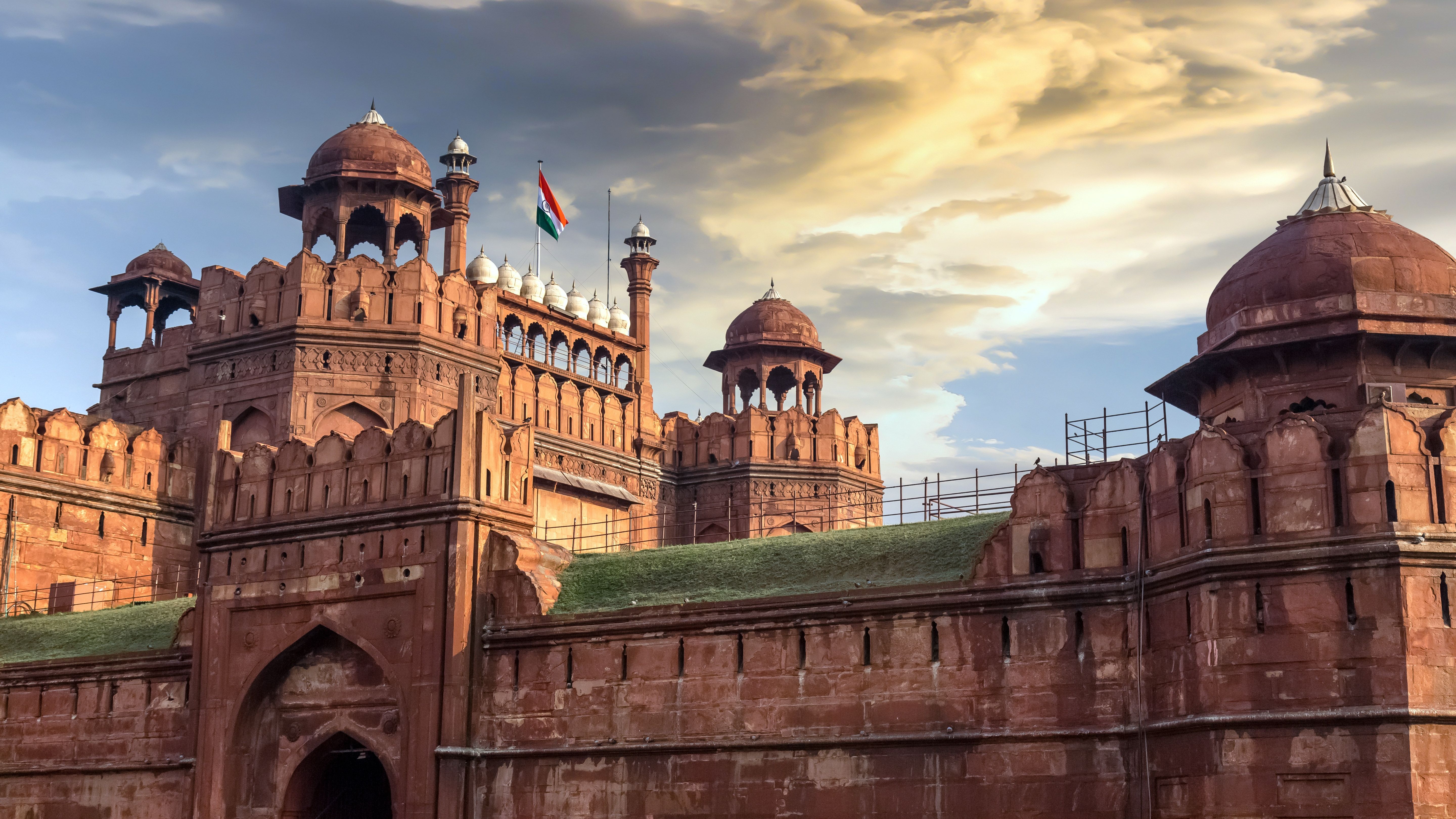

Delhi, the capital city of India, is a vibrant blend of history, culture, and modernity. It is divided into Old Delhi, known for its narrow lanes, bustling markets, and historical monuments like the Red Fort, Jama Masjid, and Chandni Chowk, and New Delhi, designed by British architect Edwin Lutyens, which serves as the seat of the Indian government with wide roads, government buildings, and landmarks such as India Gate, Rashtrapati Bhavan, and Parliament House. The city reflects a unique mix of Mughal heritage, colonial architecture, and contemporary urban life. Renowned for its diverse festivals, flavorful street food, and bustling shopping hubs, Delhi stands as both a cultural heart of India and a gateway to North Indian tourism.
The best time to visit Delhi is between October and March, when the weather is cooler and suitable for sightseeing and outdoor activities.
Must-visit attractions include the Red Fort, Qutub Minar, India Gate, Lotus Temple, Humayun’s Tomb, Akshardham Temple, and Chandni Chowk.
You can explore historical monuments, shop in bustling markets, take heritage walks, try diverse street food, and visit museums and art galleries.
Delhi is well connected by air, rail, and road. Indira Gandhi International Airport serves both domestic and international flights, and the city has multiple major railway stations.
Delhi offers a wide range of accommodations, from luxury hotels and boutique stays to budget hostels and guesthouses across different areas.
No permits are required for Indian or foreign tourists to visit Delhi.
Delhi’s cuisine is a mix of North Indian, Mughlai, and street food. Popular dishes include chole bhature, butter chicken, kebabs, parathas, and golgappas (pani puri).
Stay hydrated, avoid street food from unhygienic vendors, carry basic medication, and check air quality if you have respiratory issues, especially in winter.
Delhi is generally safe, especially in tourist areas. However, it’s best to avoid isolated areas at night, be cautious with valuables, and use trusted transportation.
The local currency is Indian Rupee (INR). Digital payments are widely accepted, but it’s advisable to carry some cash for local markets and small vendors.
Delhi has a well-connected metro system, along with taxis, auto-rickshaws, buses, and app-based cab services like Ola and Uber for easy travel.
Pack according to the season — light cotton clothes in summer, warm layers in winter, sunscreen, comfortable footwear, and a reusable water bottle.